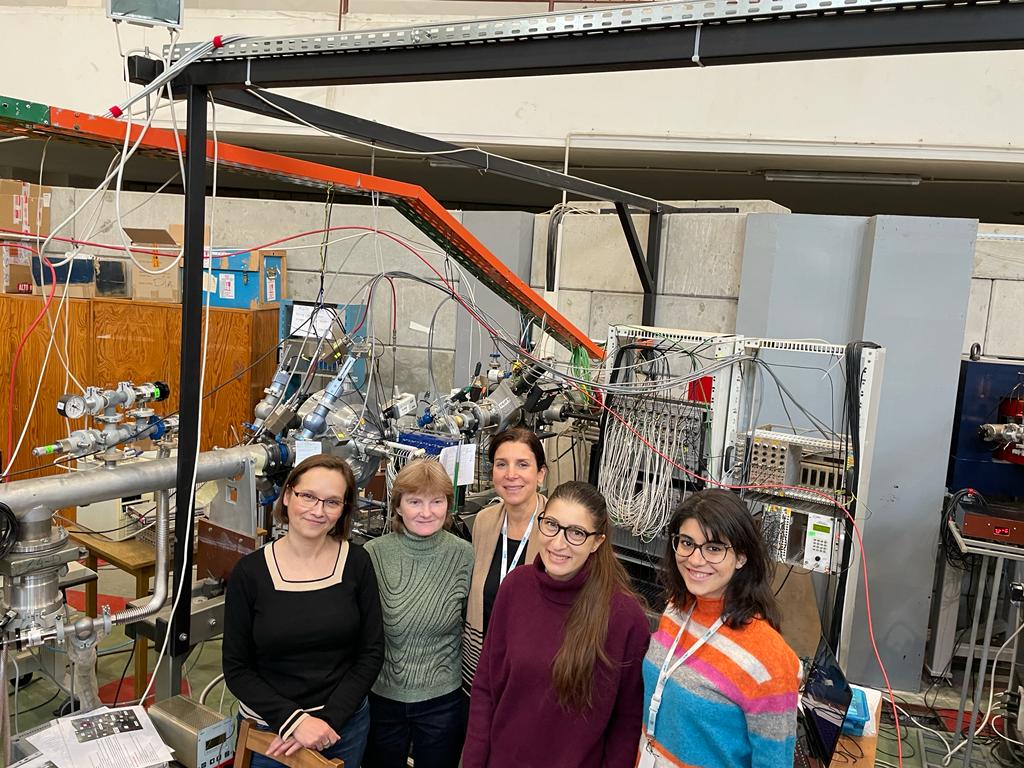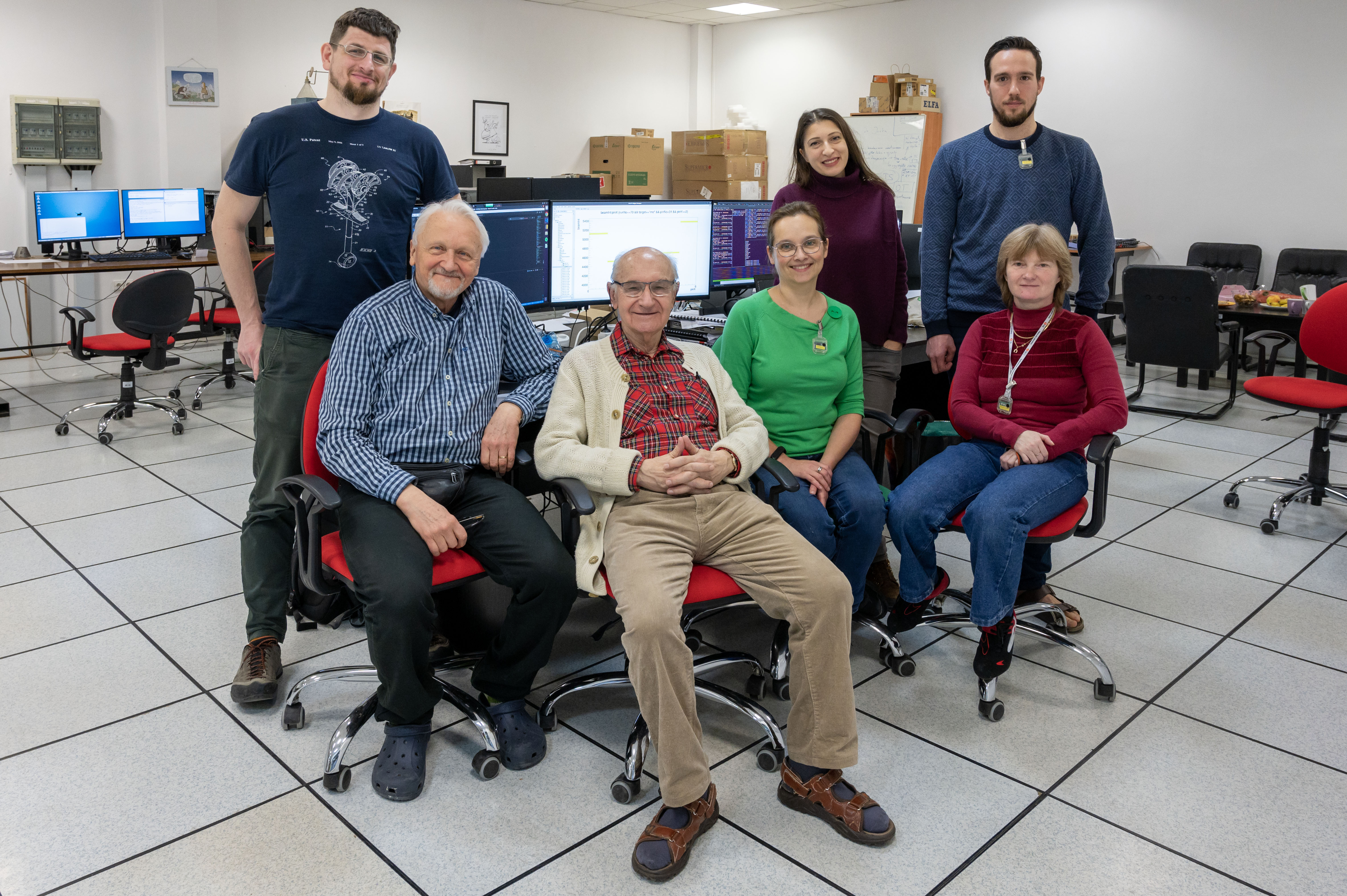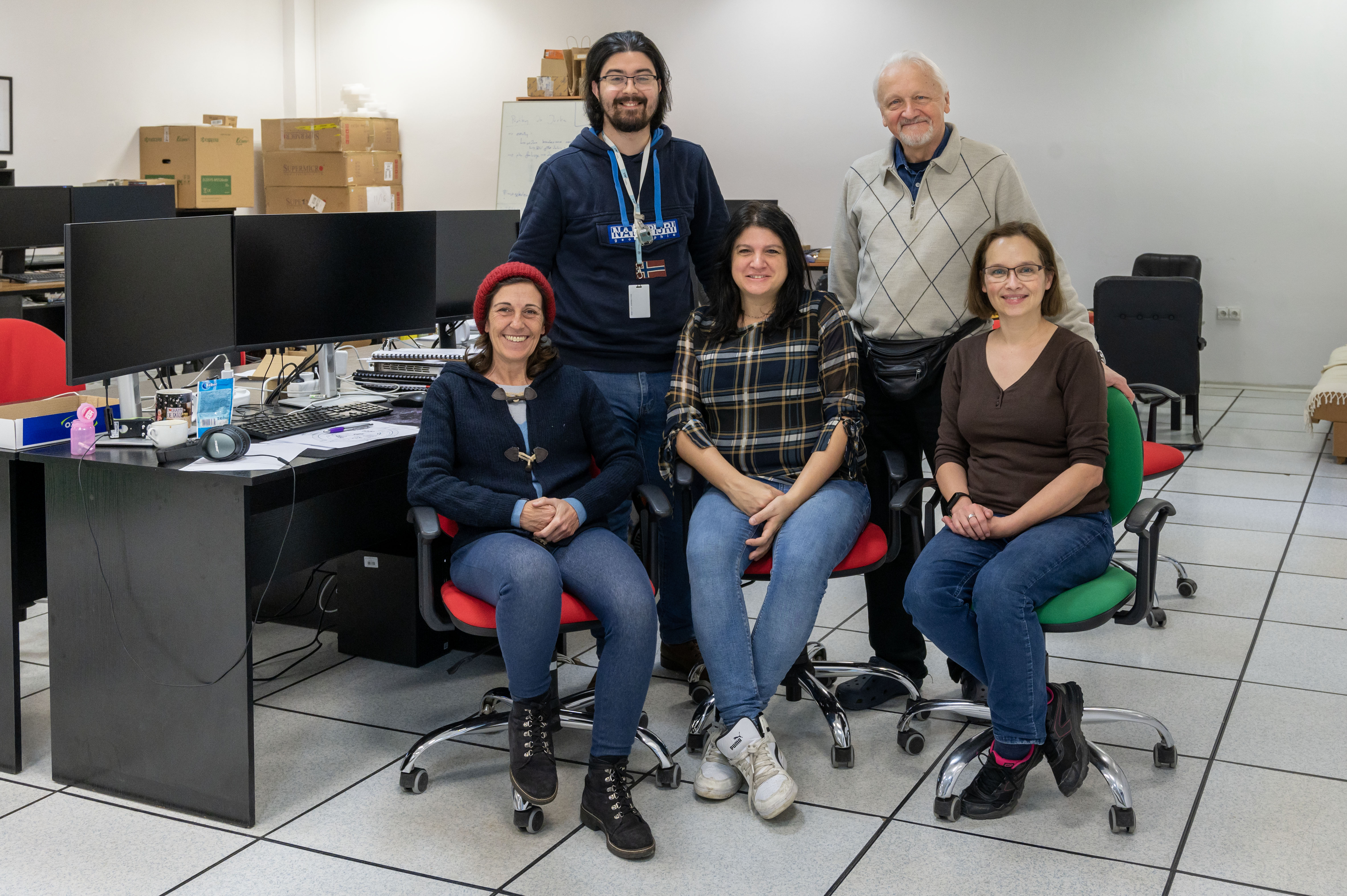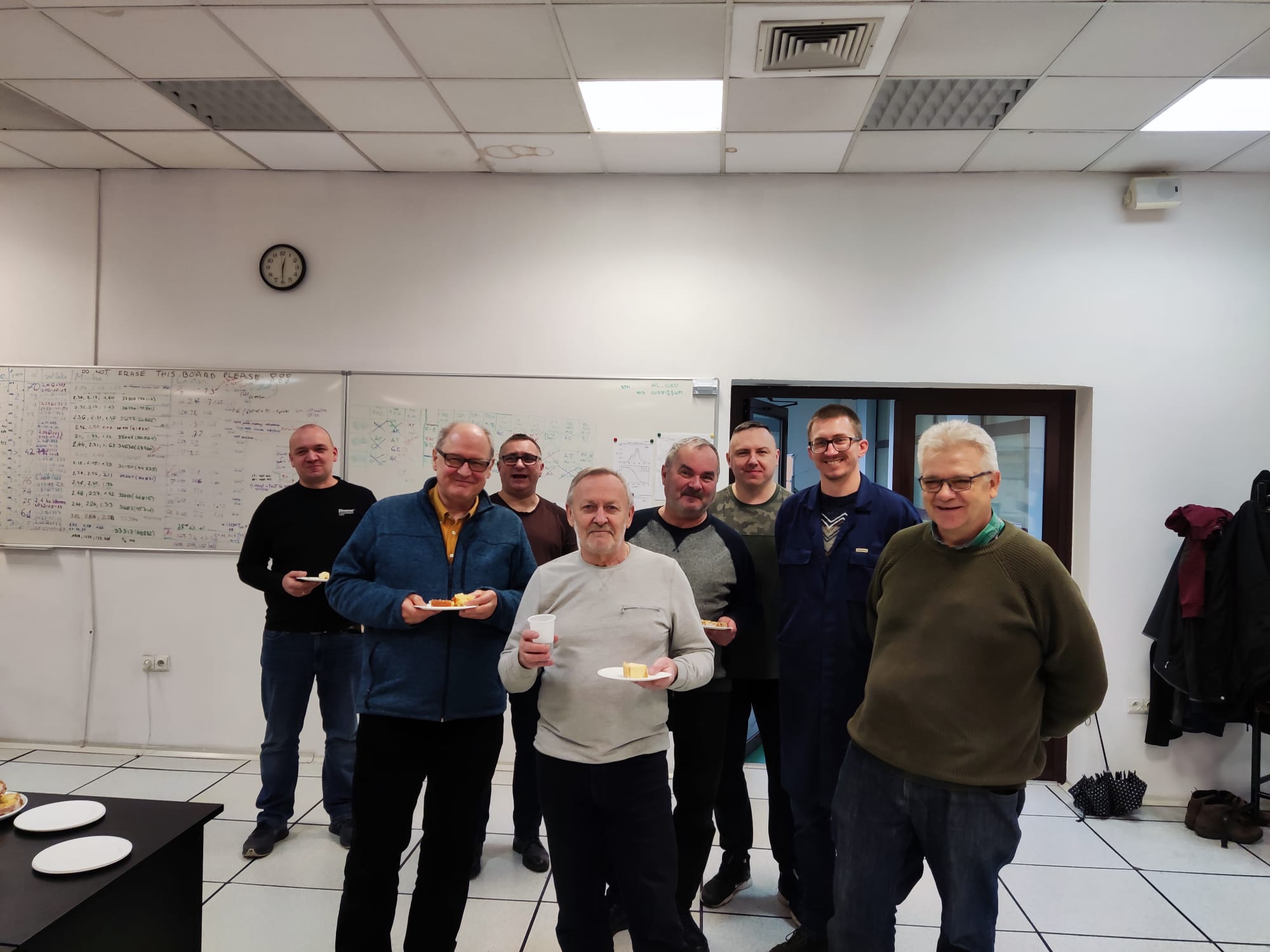Serdecznie zapraszamy na wykład pt. Understanding cellular oxygen sensing mechanisms: adventures of a physician in discovery science oraz Q&A z udziałem publiczności, przygotowany z myślą o studentach i pracownikach UW.
W 2019 roku brytyjski naukowiec wraz z Williamem Kaelinem i Greggiem Semenzą otrzymał Nagrodę Nobla w dziedzinie fizjologii lub medycyny za swój wkład w odkrycie procesów wyczuwania przez komórki stężenia tlenu w środowisku i adaptowania się do jego zmian.
Kiedy?
16 marca 2023 r., godz. 13:30-15:00
Gdzie?
Aula A+B, Centrum Nauk Biologiczno-Chemicznych UW, ul. Żwirki i Wigury 101, 02-089 Warszawa
UWAGA!
Spotkanie będzie prowadzone w języku angielskim. Obowiązuje rejestracja przez formularz zgłoszeniowy.
Abstrakt: The maintenance of oxygen homeostasis is a fundamental physiological challenge, inadequate oxygen (hypoxia) being a major component of most human diseases. The lecture will trace insights into human oxygen homeostasis from the founding work of William Harvey on the circulation of the blood to the molecular elucidation of a system of oxygen sensing that functions to measure oxygen levels in cells and control adaptive...
Read more
Sir Peter J. Ratcliffe, laureat Nagrody Nobla przyjeżdża do Warszawy!







